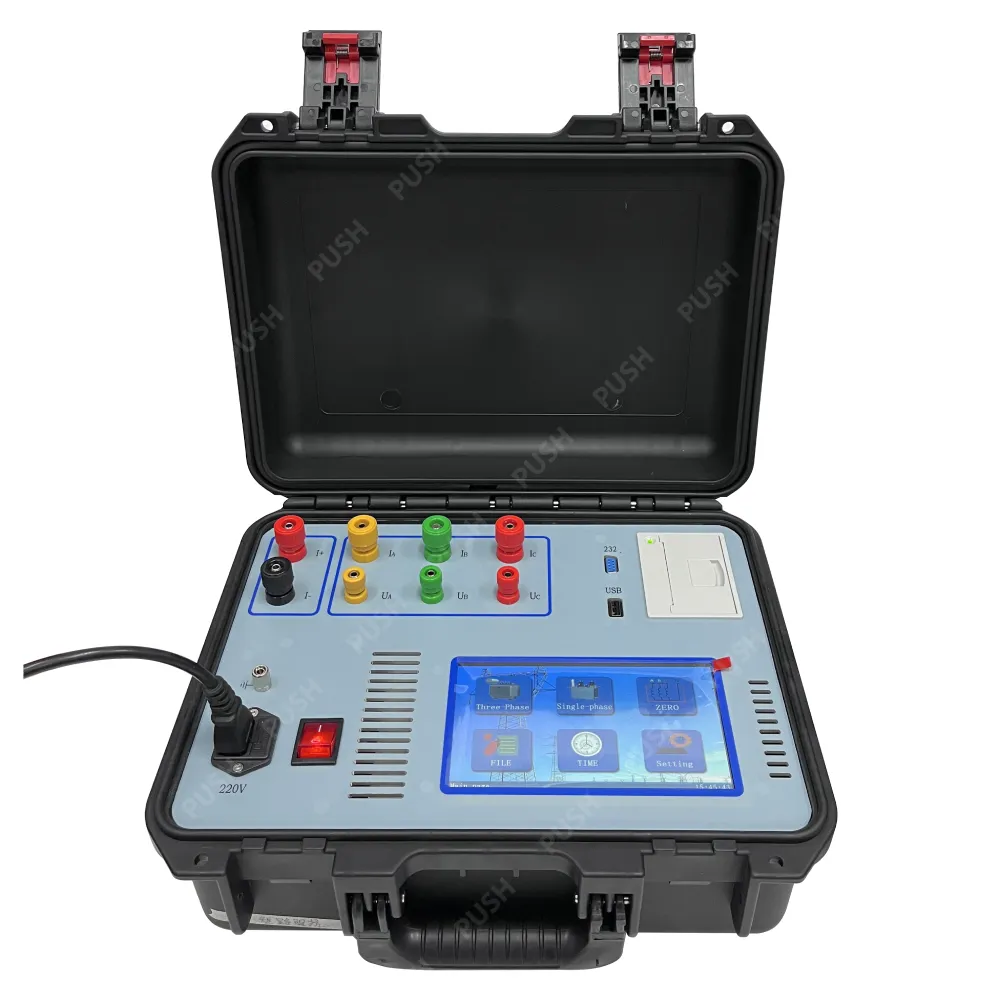 English
English



-
 Afrikaans
Afrikaans -
 Albanian
Albanian -
 Amharic
Amharic -
 Arabic
Arabic -
 Armenian
Armenian -
 Azerbaijani
Azerbaijani -
 Basque
Basque -
 Belarusian
Belarusian -
 Bengali
Bengali -
 Bosnian
Bosnian -
 Bulgarian
Bulgarian -
 Catalan
Catalan -
 Cebuano
Cebuano -
 China
China -
 China (Taiwan)
China (Taiwan) -
 Corsican
Corsican -
 Croatian
Croatian -
 Czech
Czech -
 Danish
Danish -
 Dutch
Dutch -
 English
English -
 Esperanto
Esperanto -
 Estonian
Estonian -
 Finnish
Finnish -
 French
French -
 Frisian
Frisian -
 Galician
Galician -
 Georgian
Georgian -
 German
German -
 Greek
Greek -
 Gujarati
Gujarati -
 Haitian Creole
Haitian Creole -
 hausa
hausa -
 hawaiian
hawaiian -
 Hebrew
Hebrew -
 Hindi
Hindi -
 Miao
Miao -
 Hungarian
Hungarian -
 Icelandic
Icelandic -
 igbo
igbo -
 Indonesian
Indonesian -
 irish
irish -
 Italian
Italian -
 Japanese
Japanese -
 Javanese
Javanese -
 Kannada
Kannada -
 kazakh
kazakh -
 Khmer
Khmer -
 Rwandese
Rwandese -
 Korean
Korean -
 Kurdish
Kurdish -
 Kyrgyz
Kyrgyz -
 Lao
Lao -
 Latin
Latin -
 Latvian
Latvian -
 Lithuanian
Lithuanian -
 Luxembourgish
Luxembourgish -
 Macedonian
Macedonian -
 Malgashi
Malgashi -
 Malay
Malay -
 Malayalam
Malayalam -
 Maltese
Maltese -
 Maori
Maori -
 Marathi
Marathi -
 Mongolian
Mongolian -
 Myanmar
Myanmar -
 Nepali
Nepali -
 Norwegian
Norwegian -
 Norwegian
Norwegian -
 Occitan
Occitan -
 Pashto
Pashto -
 Persian
Persian -
 Polish
Polish -
 Portuguese
Portuguese -
 Punjabi
Punjabi -
 Romanian
Romanian -
 Russian
Russian -
 Samoan
Samoan -
 Scottish Gaelic
Scottish Gaelic -
 Serbian
Serbian -
 Sesotho
Sesotho -
 Shona
Shona -
 Sindhi
Sindhi -
 Sinhala
Sinhala -
 Slovak
Slovak -
 Slovenian
Slovenian -
 Somali
Somali -
 Spanish
Spanish -
 Sundanese
Sundanese -
 Swahili
Swahili -
 Swedish
Swedish -
 Tagalog
Tagalog -
 Tajik
Tajik -
 Tamil
Tamil -
 Tatar
Tatar -
 Telugu
Telugu -
 Thai
Thai -
 Turkish
Turkish -
 Turkmen
Turkmen -
 Ukrainian
Ukrainian -
 Urdu
Urdu -
 Uighur
Uighur -
 Uzbek
Uzbek -
 Vietnamese
Vietnamese -
 Welsh
Welsh -
 Bantu
Bantu -
 Yiddish
Yiddish -
 Yoruba
Yoruba -
 Zulu
Zulu
Analyzing Transformer Performance and Conducting Safety Checks
Understanding Transformer Maintenance and Amp Checks
Transformers are vital components in electrical power systems, responsible for stepping up or stepping down voltage levels to facilitate efficient power transmission and distribution. Given their critical role, maintaining transformers in optimal condition is crucial for system reliability. Among the essential maintenance practices, transformer amp checks are particularly significant. This article delves into the importance of these checks, their procedures, and best practices.
The Importance of Transformer Amp Checks
Amp checks serve to monitor the current flowing through a transformer. Understanding the amp readings is crucial for several reasons. First, it helps in identifying potential issues such as overloading, which can lead to overheating and eventual failure of the transformer. Second, it provides insights into the transformer's operational performance, ensuring it operates within its designed parameters. Lastly, consistent amp checks can help in predicting maintenance needs, which can prevent unexpected outages and extend the lifespan of the transformer.
Understanding Transformer Ratings
Transformers are rated by their capacity, which is expressed in volts and amperes (V/A). The amp rating reflects the maximum current a transformer can handle without sustaining damage. Monitoring actual amp readings against these rated values helps in assessing whether the transformer is operating within safe limits. If the current exceeds the rated capacity, it could indicate an issue that needs immediate attention, such as a fault in the system or an overload condition.
Performing Amp Checks
Amp checks are typically conducted using clamp meters or current transformers that can measure the current without the need to interrupt the circuit. The steps for performing an amp check are as follows
1. Safety First Prior to conducting any checks, ensure that all safety protocols are followed. This includes wearing appropriate personal protective equipment (PPE) and ensuring that the area is clear of unnecessary personnel.
2. Equipment Setup Select a suitable clamp meter or current transformer. Ensure that it is calibrated and capable of measuring the expected current in the transformer.
3. Measurement Carefully clamp the meter around one of the transformer's conductors. Take multiple readings over a period to understand the current trends during different operational conditions (e.g., peak and off-peak hours).
transformer amp check

4. Data Analysis Compare the measured values against the manufacturer's specified amp ratings. Monitor for signs of continuous high load, which may necessitate further investigation.
5. Documentation Record the readings and any anomalies for future reference. This documentation can help in trend analysis and forecasting maintenance needs.
Best Practices for Transformer Maintenance
In addition to regular amp checks, transformer maintenance should encompass a variety of other practices. Here are some best practices to consider
- Regular Inspections Conduct routine visual inspections for signs of wear, oil leaks, and overheating.
- Thermographic Surveys Use thermal imaging to identify hot spots that may indicate underlying problems.
- Oil Testing Regularly test the insulating oil for moisture content and other impurities, which can affect performance.
- Condition Monitoring Implement continuous monitoring systems that can provide real-time data on the transformer's health.
- Professional Servicing Engage qualified technicians for in-depth assessments and servicing when significant issues are detected.
Conclusion
Transformer amp checks are a critical component of effective electrical maintenance. By understanding the importance of these checks and following appropriate procedures, electrical engineers and technicians can ensure the reliability and longevity of transformers. Regular maintenance not only enhances operational efficiency but also significantly reduces the risk of unforeseen failures and outages, ultimately contributing to a more resilient power infrastructure.
-
Testing Equipment Industry Sees Major Advancements in 2025: Smart & Precision Technologies Lead the WayNewsJun.06,2025
-
Applications of Direct Current Generators in Renewable Energy SystemsNewsJun.05,2025
-
Hipot Tester Calibration and Accuracy GuidelinesNewsJun.05,2025
-
Digital Circuit Breaker Analyzer Features and BenefitsNewsJun.05,2025
-
Benefits of Real-Time Power Quality Monitoring Devices for Industrial EfficiencyNewsJun.05,2025
-
Earth Fault Loop Testing in High-Rise Building Electrical SystemsNewsJun.05,2025



